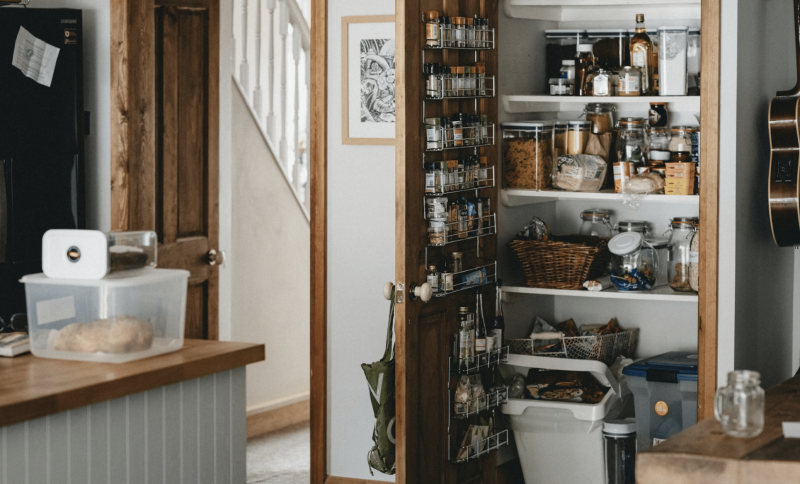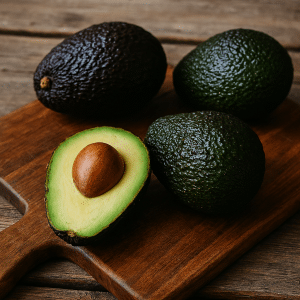The stereotypical image of a college student’s diet is bleak: a lonely cup of instant noodles, a bag of stale chips, and perhaps a questionable slice of pizza found at a campus event. It is a time of life defined by high stress, little sleep, and even less money. However, the narrative that you must sacrifice flavor and nutrition just because your bank account is hovering near zero is a myth. With a little creativity and a shift in perspective, you can eat surprisingly well without needing a Michelin-star kitchen or a CEO’s salary.
The biggest hurdle for most students isn’t actually the cost of ingredients; it is the management of time and energy. When you are overwhelmed by finals and deadlines, the path of least resistance usually leads to the vending machine. Just as busy undergraduates often require reliable paper writing assistance for complex essays, your culinary life requires a similar strategy of delegation and efficiency. Recognizing when to take a shortcut, whether in the library or the kitchen, is the hallmark of a successful student. By mastering a few strategic hacks, you can transform your dorm room dining experience from tragic to tasty.
The Gas Station Pantry: Hidden Gems
The title of this guide isn’t just a metaphor. Sometimes, the gas station or the corner bodega is the only store open when you finish studying at 2:00 AM. While you should avoid the spinning roller-grill hot dogs at all costs, these convenience stores actually stock the building blocks of decent meals if you know where to look.
Ignore the candy aisle and head for the nuts and jerky. Beef jerky is an excellent source of protein that can be chopped up and added to fried rice or ramen to give it a savory, meaty depth without the hassle of handling raw meat. Peanuts and cashews can be crushed to create toppings for stir-fries or salads. Look for shelf-stable staples like canned beans, tuna pouches, and tortilla chips. A bag of corn chips, a can of chili, and a sprinkle of cheese (often found in the refrigerated section) can become a respectable Frito Pie in the microwave in under two minutes.
The Holy Trinity of Flavor
The difference between sad college food and gourmet on a budget is almost always seasoning. You can buy the cheapest rice and beans in the world, but if you season them correctly, they will taste like a restaurant meal.
You need to build a survival spice kit. At a minimum, you should own:
- Hot Sauce: Sriracha or Cholula can save almost anything.
- Soy Sauce: Adds umami (savory flavor) to noodles, rice, and vegetables.
- Garlic Powder: Fresh garlic goes bad; powder lasts forever and goes in everything.
- Italian Seasoning: A cheap blend that elevates grilled cheese, pasta, and eggs.
If you have these four items, you can transform a fifty-cent block of ramen into a culinary experience. Drain the water from the noodles, toss the sodium-packed flavor packet, and toss the noodles in soy sauce, garlic powder, and a swirl of hot sauce. Suddenly, you have a spicy garlic noodle dish that costs pennies but tastes intentional.
Time Management and Outsourcing
One of the main reasons students eat poorly is the perception that cooking takes too long. When you are balancing a social life, a part-time job, and a full course load, spending an hour chopping vegetables feels impossible. This is where understanding the value of your time comes into play.
You have to look for tools and resources that give you time back. If you read a review by Wesley Spencer about PaperWriter, you’ll see that a top-tier paper writing service can free up your schedule, giving you those precious extra hours needed to meal prep for the week. Utilizing resources to handle your academic workload allows you to focus on self-care, and cooking is the ultimate form of self-care. Using that freed-up time to boil a dozen eggs or roast a tray of vegetables on Sunday means you eat well for the rest of the week without lifting a finger.
The Art of the Mug Meal
If you are living in a dorm, you might only have a microwave and a mini-fridge. Do not let this deter you. The microwave is actually a steamer in disguise, and you can make legitimate meals in a simple ceramic mug.
The 2-Minute Omelet
Coat the inside of a mug with a little oil or butter. Crack two eggs inside, add a splash of milk, and whisk with a fork. Toss in some torn-up spinach, a little cheese, and maybe some pre-cooked bacon bits or chopped deli ham. Microwave for 45 seconds, stir, and microwave for another 45 seconds. The result is a fluffy, hot breakfast that is infinitely better than a granola bar.
Microwave Risotto
It sounds fake, but it works. Put 1/2 cup of Arborio rice in a mug with a tablespoon of butter and heat for a minute. Add broth (or water with bouillon) in increments, heating and stirring until the rice absorbs the liquid. Stir in Parmesan cheese at the end. It takes about 10 minutes, but it requires zero pots and pans.
Bulk Buying with a Buddy
The low budget philosophy relies on unit price. Buying a single serving of oatmeal is expensive; buying a 10-pound cylinder of oats is dirt cheap. However, you probably don’t have space for 10 pounds of oats in your dorm.
The solution is the group to shop with at Costco. Find two or three friends and split the cost of bulk items.
- Rice: A 20-pound bag of rice costs the same as five small bags. Split it up into Ziploc bags.
- Spices: Buy the large containers and share them.
- Frozen Veggies: If someone has a freezer, load it up. Frozen veggies are picked at peak ripeness and are often more nutritious than the wilted fresh ones at the local bodega.
Sheet Pan Ideas
If you are lucky enough to have access to an oven, the sheet pan is your best friend. The formula is simple: Protein + Vegetable + Starch + Oil + Seasoning.
Toss chicken thighs (usually the cheapest cut of meat), chopped potatoes, and broccoli in olive oil and that Italian seasoning we mentioned earlier. Spread it on a single sheet pan and bake at 400°F (200°C) for 25 to 30 minutes. You have just made three days’ worth of dinner with five minutes of prep and one pan to clean.

Elevating the Classics: Advanced Ramen Strategy
Since ramen is the quintessential college food, we must discuss how to make it gourmet. The goal is to add texture and nutrition.
- The Egg: Crack an egg directly into the boiling broth for a poached effect, or marinate soft-boiled eggs in soy sauce overnight (the soy egg).
- The Green: Green onions (scallions) are cheap and regrow themselves. Place the white root ends in a glass of water on your windowsill, and they will grow back indefinitely. Snip the green tops over your soup for a fresh crunch.
- The Fat: A drizzle of sesame oil or a pat of butter added at the very end creates a silky, rich broth that coats your mouth.
Conclusion
Surviving college isn’t just about passing grades; it is about sustaining your body and mind so you can actually perform. You do not need to be a wealthy chef to eat well. You simply need to be resourceful. Whether it is finding the best deals on bulk goods, utilizing the microwave for mug meals, or knowing when to leverage academic support to buy yourself cooking time, the strategy is the same: work smarter, not harder. With a little hot sauce and some ingenuity, you can dine like a king on a pauper’s budget.













